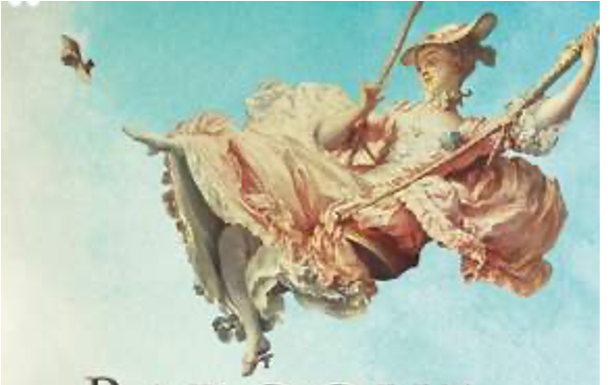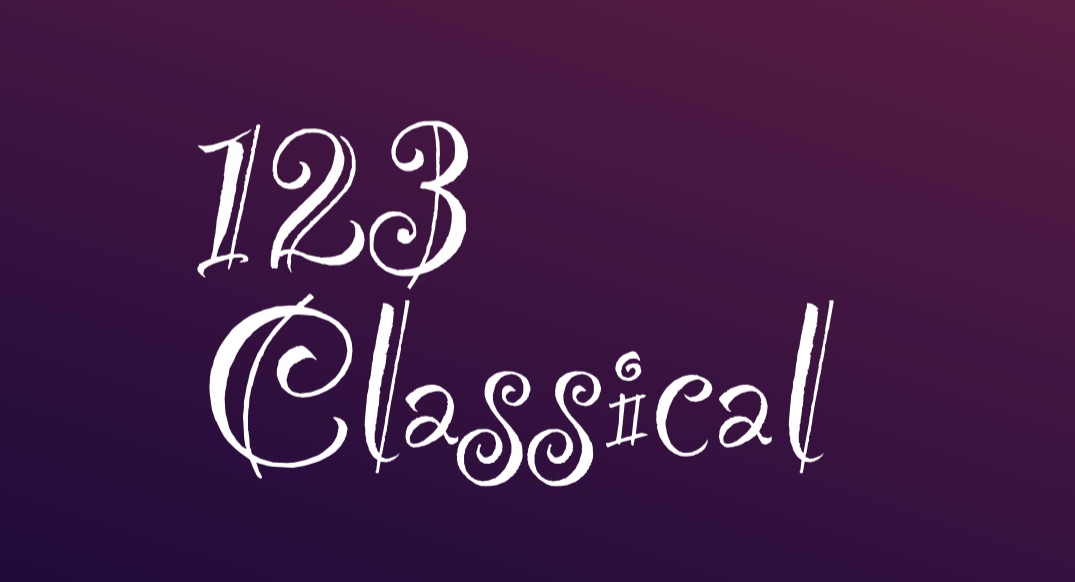

We can also enjoy music by simply getting its feeling, instead of having in mind a specific musical representation or illustration of scenes, stories or ideals behind the story. In this way, we can understand the composer’s mood and views on life and music. For example, in ‘Arabesque no 1’ Debussy is not trying to tells us any story, but only to convey to us an atmospheric mood, as this was his perception about how music should be. Similarly, in ‘Gymnopedie no 1’ Satie creates a sense of musical essence where music is simple, clear, and relaxing and urges us to feel the essence of things around us. By grasping the feeling of the music, we also gain an insight into its inner logic or ‘secret code’ that the composer may be using to reinforce the feeling that his music conveys. For example, in ‘Vocalize’ Rachmaninoff creates, in a very masterful way, a repeating music pattern where it feels that there is no beginning and no end. This ‘secret code’ of his music reinforces the feeling of sadness that he is trying to convey by making you feel trapped and unable to escape.
"Spiegel in spiegel"
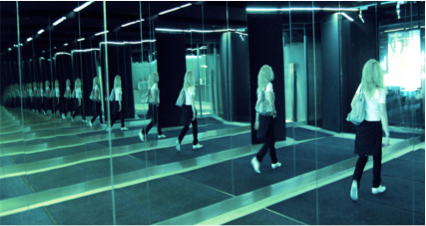
"Boléro"
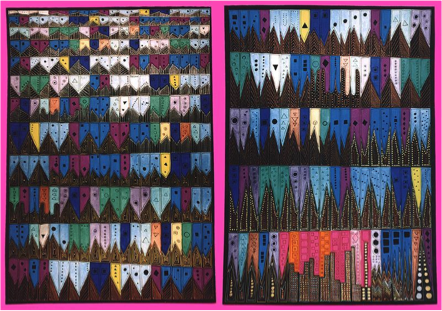
"Gymnopedie no 1"

"Arabesque no 1"
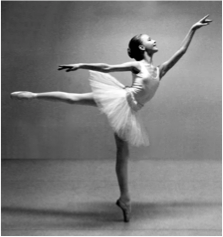
"Danzón no 2"
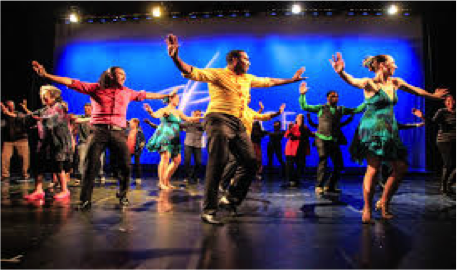
"Reflections of light"
(Nocturne in E Flat major Op. 9)

"Dreamful canon "
(Canon in D)
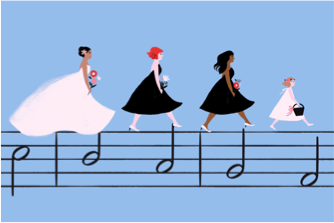
"Between power and romance"
(Prelude in G Minor Op. 23 No 5)

"Life colours"
(Ballade no 4 in F Minor)
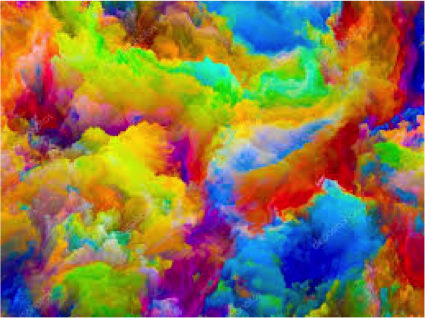
"The Mozart effect"
(Sonata for 2 pianos K448)
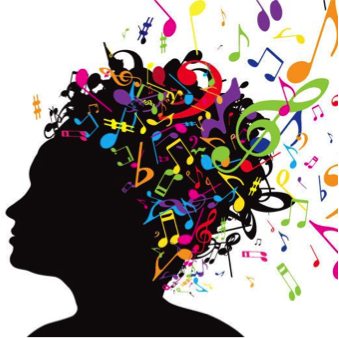
"Pavane pour une enfante defunte"
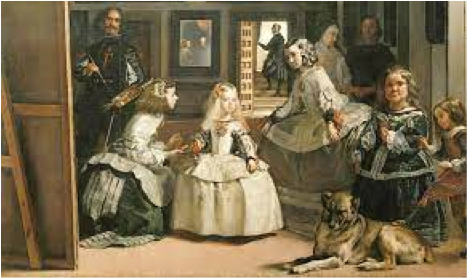
"The rite of spring" from "La sacre du printemps"
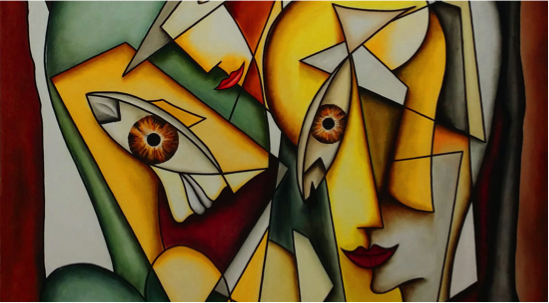
"The longing waltz"
(Waltz No 7)

"Goldberg variations"
(No 1 Aria)

"Rêverie"
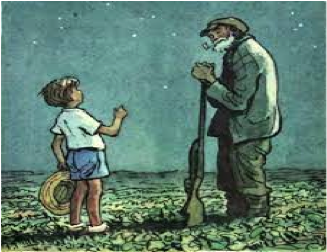
"Reverie in the moonlight"
(Piano Concerto No 1 Romance / Movements 1 & 2)

"Enticing Schubert tango"
(Piano Trio No 2 in E Flat Major, Op 100, D929)

"Vocalise"

"Air on the G string"

"Bachiana Brasileira No 4"
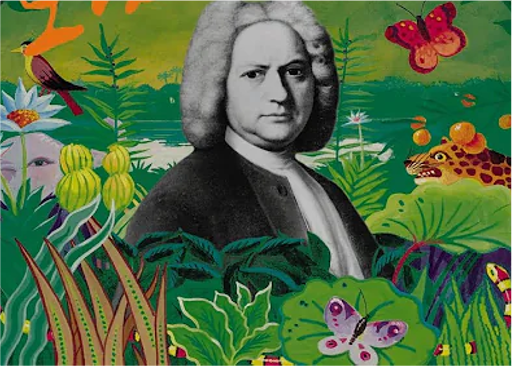
"Baroque dance"
(Concerto Grosso Op 6, No 4)
